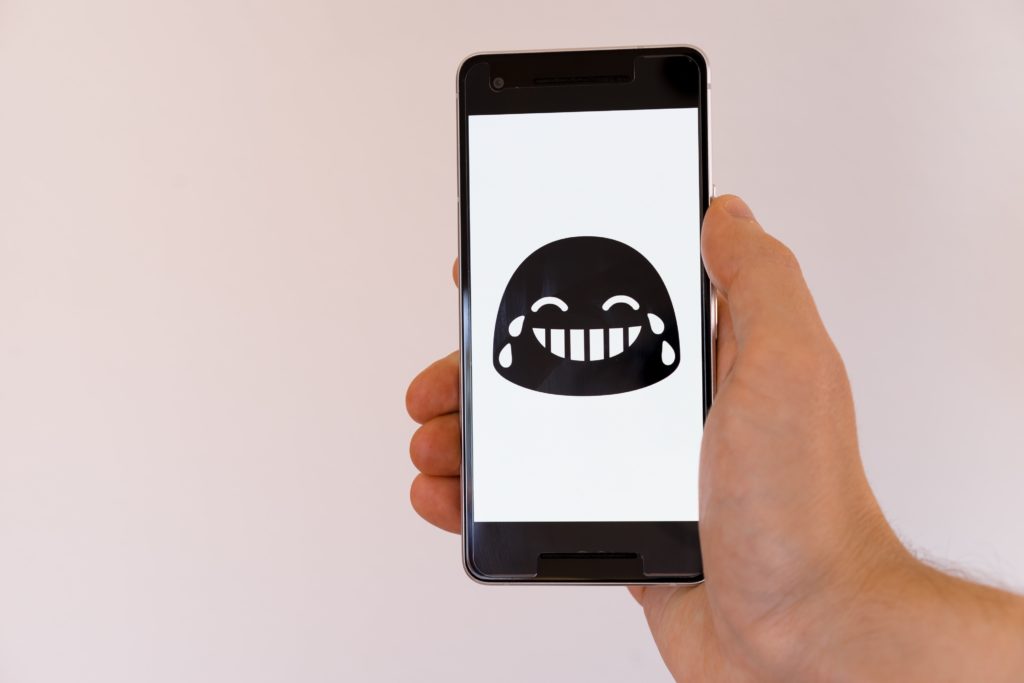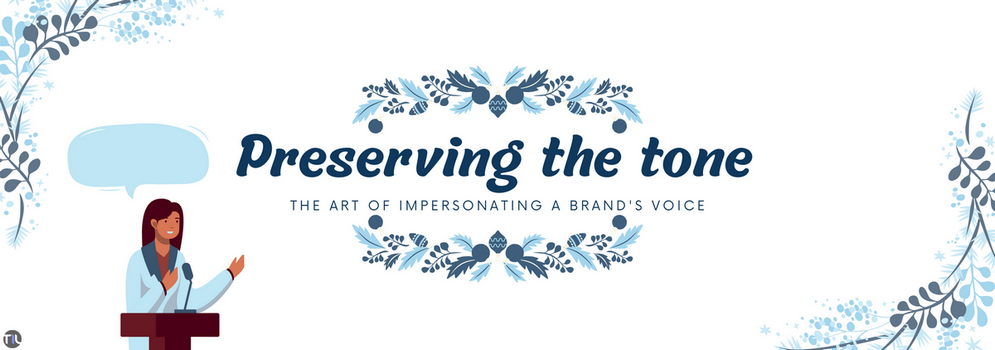Preparation is an important phase in the translation process.There are many different translation strategies, and settling upon one represents a pivotal step in the proceeding. The strategy chosen will significantly influence the end product since it will focus on and highlight one specific aspect of the source text. It could either be the meaning, the tone, or even the style of the document. The aspect of the source text that will end up being emphasized upon in the end product entirely depends on the translator and what piece of the source text they believed was on top of the pyramid of relevance. In 1980, the article In Search of a Theory of Translation written by Gideon Toury even established the existence of a hierarchy among the components of a source text that allows translators to prioritize certain elements in detriment of others in regard of their relevance. This hierarchy has a significant influence on the strategy chosen by the translator who will often face the dilemma of either focusing on semiotics or on the meaning of a complex sentence.
When dealing with e-commerce, semiotics often land on top of that hierarchy of relevance.
Preserving the authenticity
Whether it is through a friendly, elegant, energetic or witty tone, companies will often try to inject as much authenticity as possible in their platform in order to stand out and build their identity. This identity is known as their brand voice, a way of expressing themselves that represents both the personality and the values of the companies in order to build trust with the clients. During the preparation of a project, the brand’s voice is usually the first thing a translator will notice and will decide to prioritize, whether it is under the form of some specific speech patterns, humor or pop culture references.
A lot of effort is required to properly preserve the marketing strategy established by the company, especially when it involves humor. Translating the witty aspect of a company’s marketing strategy demands a thorough work of transcreation.

The knotty step of translating jokes
For instance, take the UK brand Cheeky Wipes. The name of the brand is based on a pun revolving around the nature of their products which are baby wipes. It’s a pun that falls under the category of homonymy (the other categories being homophony, homography and paronymy). At first sight, this two-words joke will undeniably take a lot of creativity from the translator. A work of transcreation will be required, as it would be unthinkable to simply omit the pun. The joke is after all on top of the hierarchy of relevance since it fully embodies the brand’s voice.
According to Dirk Delabastita (There’s a Double Tongue, 1993), there are nine ways of translating a pun. Some consist of merely copying the original pun, such as the technique of transference which can be done through borrowings from the original language, while others rely on some work of reconstruction which is the insertion of punoids such as repetition, imagery, assonance, alliteration, rhyme, referential vagueness, ambiguity, irony, understatement, or allusion. There are few other techniques like the strategy of compensation which consists of adding a pun in another spot of the source text, however the most suitable strategy for Cheeky Wipes would probably be the insertion of a punoid relying on an assonance or an alliteration.
Now, we’ve seen that they are many techniques a translator can apply in order to translate a joke, all analyzed in Dirk Delabastita’s book There’s a Double Tongue, but what happens when a companies’ wits are not expressed through a joke but rather through a reference?
Dealing with pop culture references
Whilst a translator usually only needs to watch out for the tone used with a pun, either sassy or friendly, they need to be even more considerate of the target audience when dealing with references. Companies often mention some aspects of pop culture on their platform in order to create some content that resonates more with the visitors and create a sense of familiarity with the clients. It is up to the translator to decide whether or not the pop culture reference needs to be adapted in order to work in the target country. For instance, one of our translators once had to deal with a project involving Gordon Ramsay, and, after careful consideration, it was decided that he was relevant enough in the target country to be kept in the end product. Had he not, another famous cooking figure would’ve had to take his spot in the translation.
Knowing the lingo
Finally, on top of the pyramid of relevance that aims to preserve a brand’s voice can also be often be found the company’s specific terminology. Usually, a term glossary will be provided to the translator so that they can craft a consistent end product that uses slangs specific to the brand (for example, Starbucks and its ventis and grandes). If not, then it’s up to the translator to do some research in order to ensure that the terminology used in their work is relevant to the brand.
All in all, transcreation always represents a large chunk of the translation process when dealing with companies and their brandings. There are many varying types of translations, and when it comes to adapting a marketing strategy to a whole new target audience, the brainstorming step can be more time-consuming than usual. After all, preserving a brand’s voice can be a very challenging process, which is why it is important for translators to be open about their process with clients, as sometimes, even the shortest slogans involve the most thorough transcreation.


